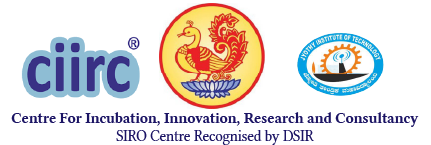Overview
Current technological innovations are, to a large extent, connected to materials. Consequently, innovative research tends to seek the characterization of materials through advanced techniques. Material characterization forms the basis for understanding the physical and chemical properties of a material, leading to its potential applications in various domains of science and technology.
Appropriately, the Centre is well equipped with several advanced equipment under a single roof, called Sophisticated Instrumentation Facility (SIF) lab. The SIF lab houses several spectroscopic, chromatographic, microscopic and thermal instruments as detailed below. It has well experienced operators and subject experts adding value to the facility. This facility is extended to external users.
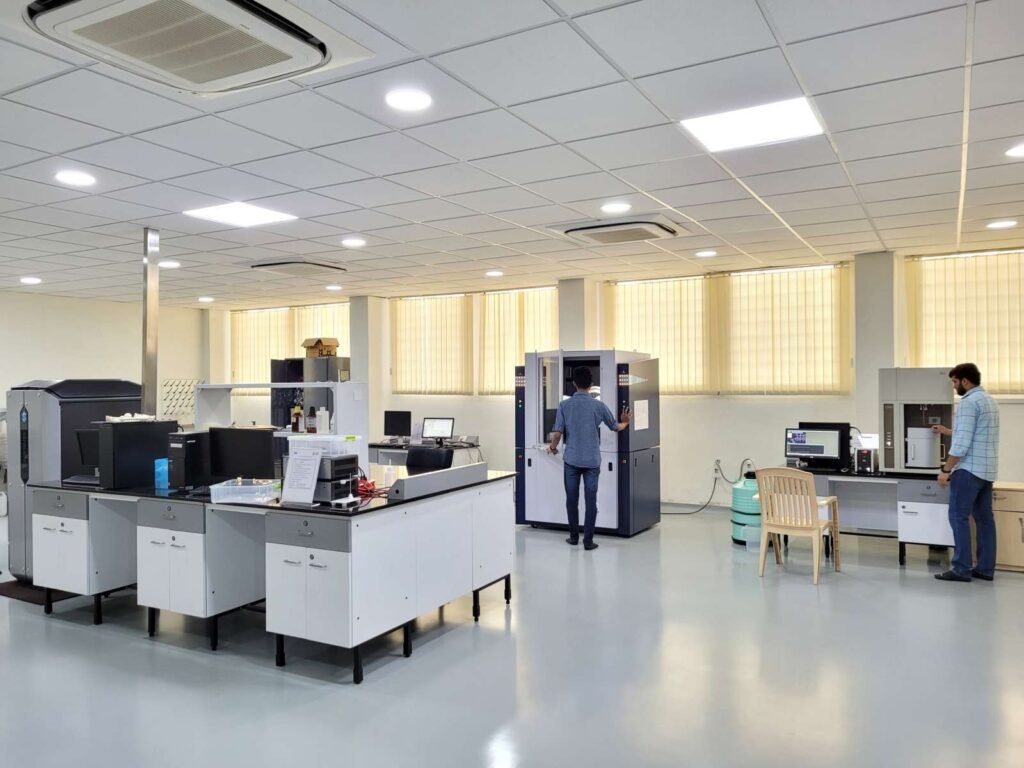
Instrument Facilities

1. Scanning Electron Microscope (SEM-EDS)
Make and model: Hitachi SU 3500
Resolution: 30 nm
Magnification: up to 3,00,000 X
Detector: SE, BSE, and EDS
Accelerating voltage: 0.3 to 30 kV
Variable pressure range: 6 to 650 Pa
Coating: Carbon and gold
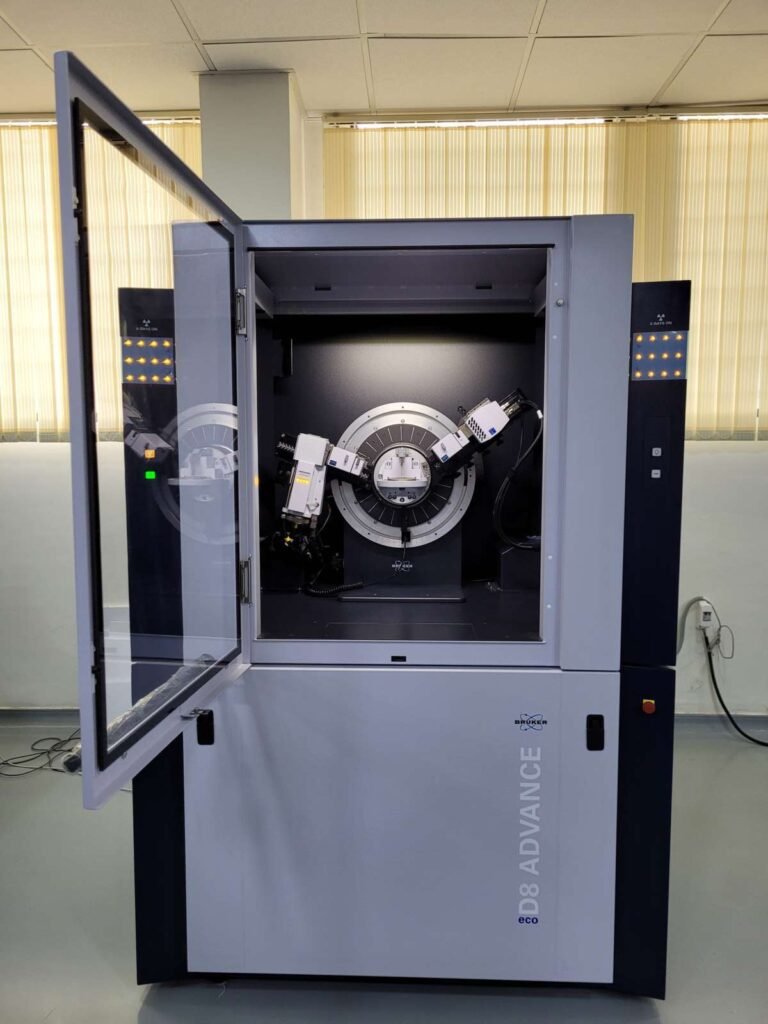
2. Powder X ray Diffractometer (PXRD)
Make and model: Bruker, D8 ADVANCE ECO
X-ray Source: 1 kW Cu Kα (λ = 1.54 Å)
Geometry: Bragg-Brentano (θ-θ)
2θ range: 5 – 90°
Sample holder: Regular as well as special Si zero back ground sample holders
Sample stage: Rotating
Detector: SSD 160
Database: PDF-2

3. Thermogravimetric – Differential Thermal Analyzer (TG-DTA)
Make and model: Shimadzu, DTG-60
Measured temperature range: RT to 1000 °C
Balance type: Parallel guide differential top pan type
DTA Detector: PLATINEL (plug-in type)
Heating rate: 5 to 30 °C min-1 (recommended)
Atmosphere: Air and N2
Sample quantity: 1g max. in gross weight
Sample pan: Alumina, Aluminum
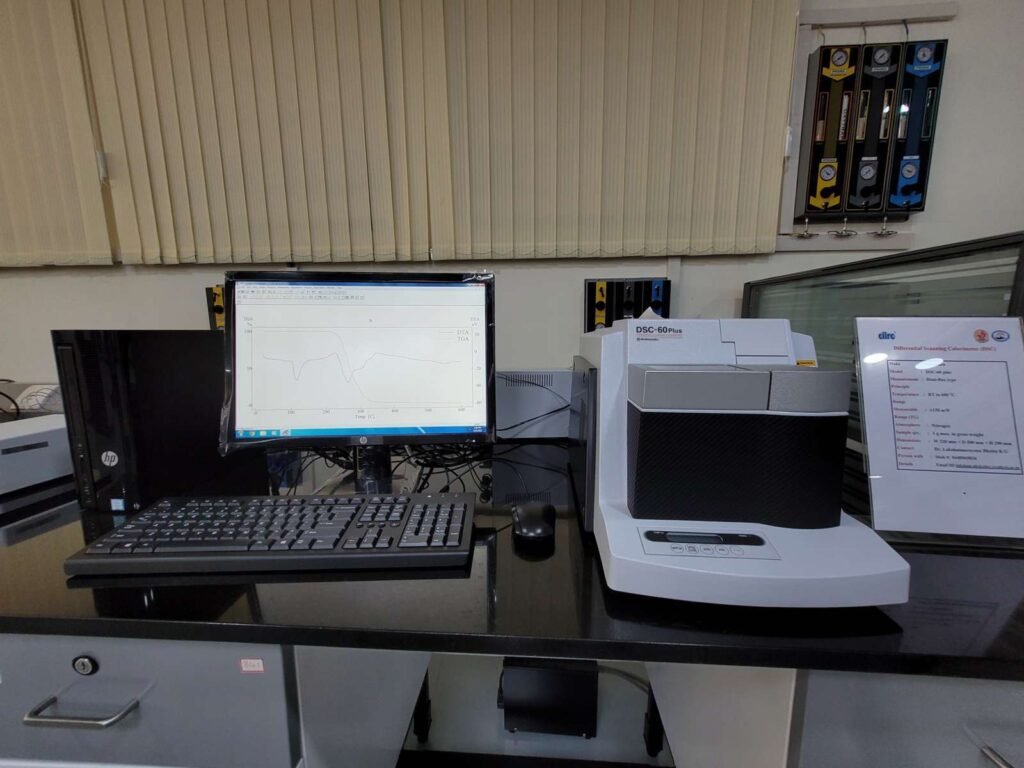
4. Differential Scanning Calorimeter (DSC)
Make and model: Shimadzu, DSC-60 Plus
Measured temperature range: RT to 600 °C
Detector (thermocouple): Type K for the sample section temperature; Type K for the furnace temperature; Type E for the heat flow (differential measurement)
Heating rate: 5 to 30 °C min-1 (recommended)
Atmosphere: N2
Sample pan: standard aluminum pan (40 μl capacity, crimped)

5. ATR (Diamond) Fourier Transform Infrared (FTIR) Spectrometer
Make and model: Shimadzu, IRAffinity-1S
Interferometer: Michelson interferometer
Beam splitter: Germanium-coated KBr
Light source: High-energy ceramic light source
Detector: DLaTGS detector equipped with temperature control mechanism
Wavenumber range: 4,000 to 400 cm-1
Resolution: 0.5, 1, 2, 4, 8, 16 cm-1

6. UV Visible Spectrophotometer
Make and model: Shimadzu, UV-2600
Wavelength range: 200 to 800 nm
Photometric system: Double beam optics
Light source: 20 W halogen lamp and Deuterium lamp
Detector: Silicon photodiode
Volume of Cuvettes: 0.7 ml, 1.4 ml, and 3.5 ml
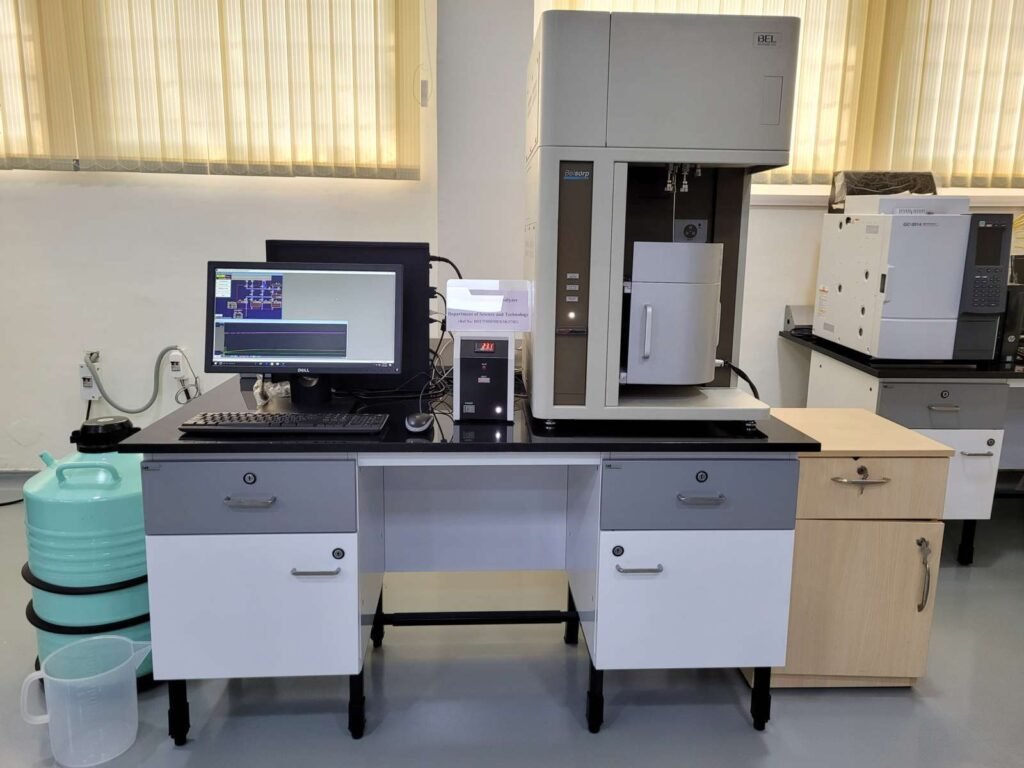
7. Brunauer–Emmett–Teller (BET) surface area analyzer
Make and model: MicrotracBEL, BELSORP MAX
Measurement method: Volumetric gas adsorption method
Adsorptive gas: Nitrogen (N2)
Relative pressure range (P/Po): 0.01 to 0.997
Specific Surface area range: 0.01 m2/g or more (N2/77K)
Pore size: 0.32 – 500 nm
Pressure Transducer: 0.1 to 750 Torr
Sample cell volume: 0.5 ml , 1.8 ml, and 5 ml
Number of ports: 3 ports

8. Gas Chromatograph
Make and model: Shimadzu, GC-2014
Column oven temperature range: Up to 400 °C
Columns: Capillary and Packed
Sample injection: Syringe, split/splitless
Sample injection unit temperature range: Up to 400 °C
Detectors: Dual Flame Ionization Detector (FID)
Gas: Air, H2, and N2

9. High Performance Preparative Liquid Chromatography (Prep-HPLC)
Make and model: Shimadzu, LC-20AP
Solvent Delivery: Parallel- type double plunger system
Pressure and flow rate: 30 MPa for up to 150 ml min-1
Detector: SPD M20A Photodiode Array Detector
Operating Temperature: 4 °C to 35 °C

10. Fused Deposition Modeling (FDM)
Make and model: Stratasys F170
Resolution: 300 μm
Print Volume: 254 mm x 254 mm x 254 mm
Build Materials: PLA, ABS-M30TM ASA, QSR support material
Layer Thickness: PLA (0.254 mm), ABS and ASA (0.330 mm-0.127 mm)
Software: GrabCAD Print
The CIIRC® offers testing services for those wishing to use the aforesaid facilities. Following is the procedure to avail the service.
- Kindly go through the quick guide before considering the samples for analysis
- Download and fill the analysis request form
- Single form can be used for multiple samples and instruments
- Click here to download the User guide
- Click here to download the analysis request form
- We also offer consultancy for analysis and interpretation of the data obtained from the above instruments on chargeable basis.
The samples for characterization may be sent along with the duly filled analysis request form to the following address
Dr. Lakshminarayana Bhatta K G
Professor
CIIRC®, Jyothy Institute of Technology
Tataguni, off Kanakapura Road
Bengaluru – 560082
Email: sif@ciirc.jyothyit.ac.in
